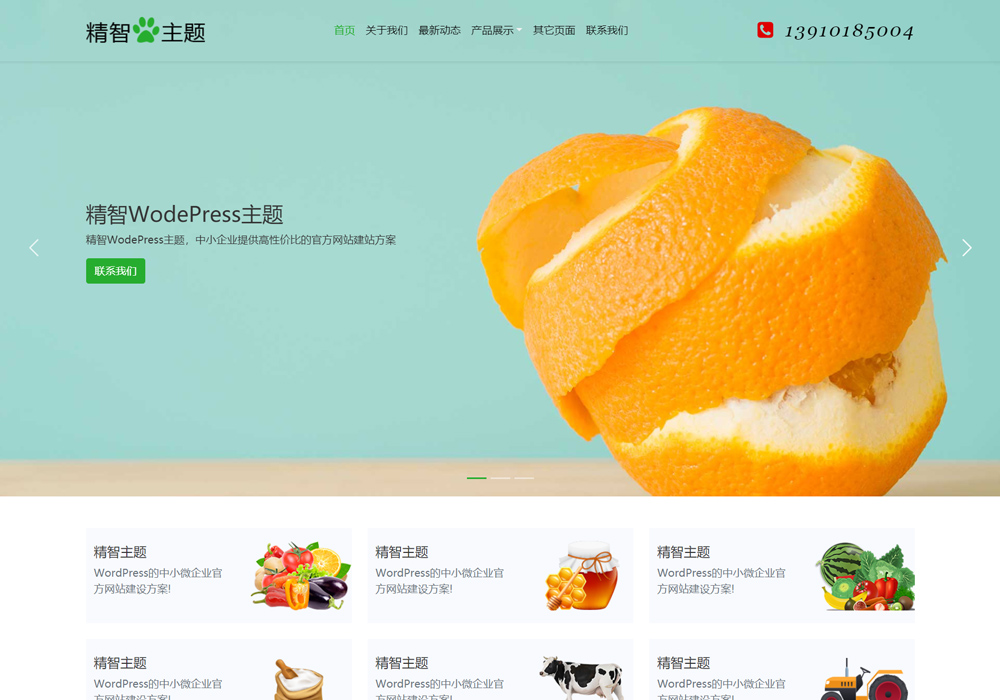根据分类来调用当前分类下的全部文章标签的方法,这个应用在WordPress模板制作中,可以增加该分类下内容的相关性粘度,更有利于搜索引擎优化,是WordPress网站SEO必备的。
global $wpdb;
$tags = $wpdb->get_results("
SELECT DISTINCT wp_terms.term_id, wp_terms.name, wp_terms.slug
FROM {$wpdb->terms} AS wp_terms
INNER JOIN {$wpdb->term_taxonomy} AS wp_term_taxonomy ON wp_terms.term_id = wp_term_taxonomy.term_id
INNER JOIN {$wpdb->term_relationships} AS wp_term_relationships ON wp_term_taxonomy.term_taxonomy_id = wp_term_relationships.term_taxonomy_id
INNER JOIN {$wpdb->posts} AS wp_posts ON wp_term_relationships.object_id = wp_posts.ID
WHERE wp_term_taxonomy.taxonomy = 'post_tag'
AND wp_term_taxonomy.term_id IN (
SELECT term_id FROM {$wpdb->term_taxonomy} WHERE taxonomy = 'category' AND term_id = [Current category ID]
)
AND wp_posts.post_status = 'publish'
");第一步:在主题文件function.php文件中添加
function get_category_tags($args) {
global $wpdb;
$tags = $wpdb->get_results
("
SELECT DISTINCT terms2.term_id as tag_id, terms2.name as tag_name
FROM
$wpdb->posts as p1
LEFT JOIN $wpdb->term_relationships as r1 ON p1.ID = r1.object_ID
LEFT JOIN $wpdb->term_taxonomy as t1 ON r1.term_taxonomy_id = t1.term_taxonomy_id
LEFT JOIN $wpdb->terms as terms1 ON t1.term_id = terms1.term_id,
$wpdb->posts as p2
LEFT JOIN $wpdb->term_relationships as r2 ON p2.ID = r2.object_ID
LEFT JOIN $wpdb->term_taxonomy as t2 ON r2.term_taxonomy_id = t2.term_taxonomy_id
LEFT JOIN $wpdb->terms as terms2 ON t2.term_id = terms2.term_id
WHERE
t1.taxonomy = 'category' AND p1.post_status = 'publish' AND terms1.term_id IN (".
$args['categories'].") AND
t2.taxonomy = 'post_tag' AND p2.post_status = 'publish'
AND p1.ID = p2.ID
ORDER by tag_name
");
$count = 0;
if($tags) {
foreach ($tags as $tag) {
$mytag[$count] = get_term_by('id', $tag->tag_id, 'post_tag');
$count++;
}
} else {
$mytag = NULL;
}
return $mytag;
}第二步:在主题的分类页添加如下代码
<?php
$cid = get_query_var('cat'); //当前分类id
$top_id = get_category_root_id($cat); //顶级分类
if($cid == $top_id){
//如果是顶级分类
$typeid = get_category_root_id($cat);
$terms = get_terms(array('taxonomy' => 'category','parent' => $typeid ));
$tags = array();
foreach($terms as $term) {
$id = $term->term_id;
$arg = array( 'categories' => $id);
$a = get_category_tags($arg);
$tags = array_merge((array)$tags,(array)$a);
}
}else{
//如果是子分类
$id = get_query_var('cat');
$args = array( 'categories' => $id);
$tags = get_category_tags($args);
}
if(!empty($tags)){ //如果标签数组不为空
$key = array_column($tags,'count'); //排序:获取数组中的count
array_multisort($key,SORT_DESC,$tags); //排序:对数组进行排序
$i=1;
foreach($tags as $tag){ if($i>=35) break; $i++; //35为循环个数 ?>
<li><a href="<?php echo get_tag_link($tag->term_id); ?>"> <?php echo $tag->name; ?></a></li>
<? } } ?>
<? echo $kwords; ?>






